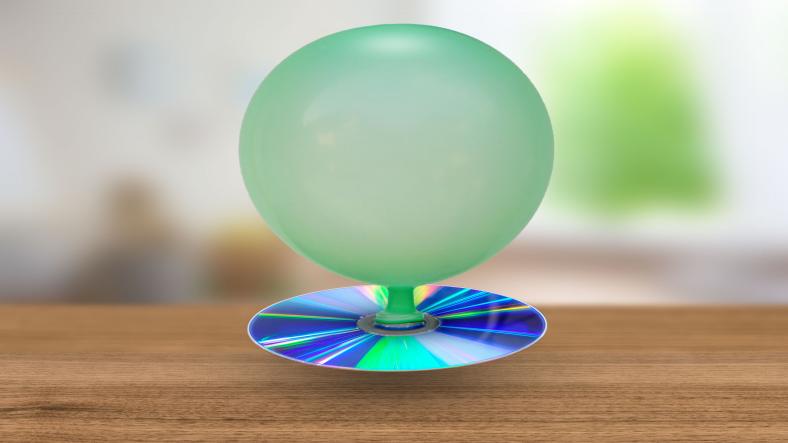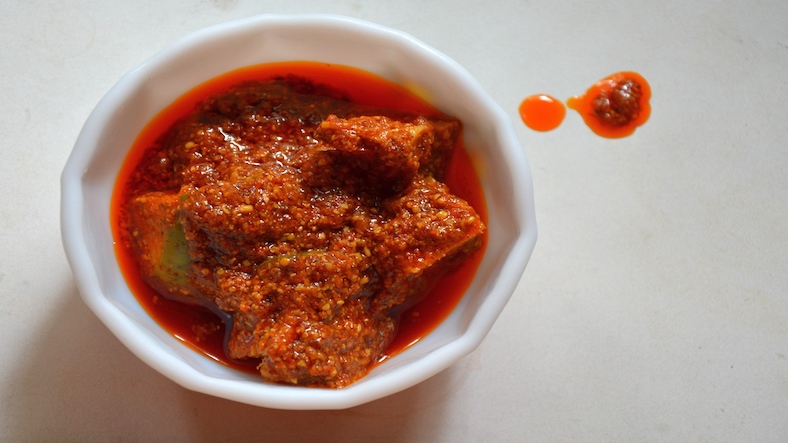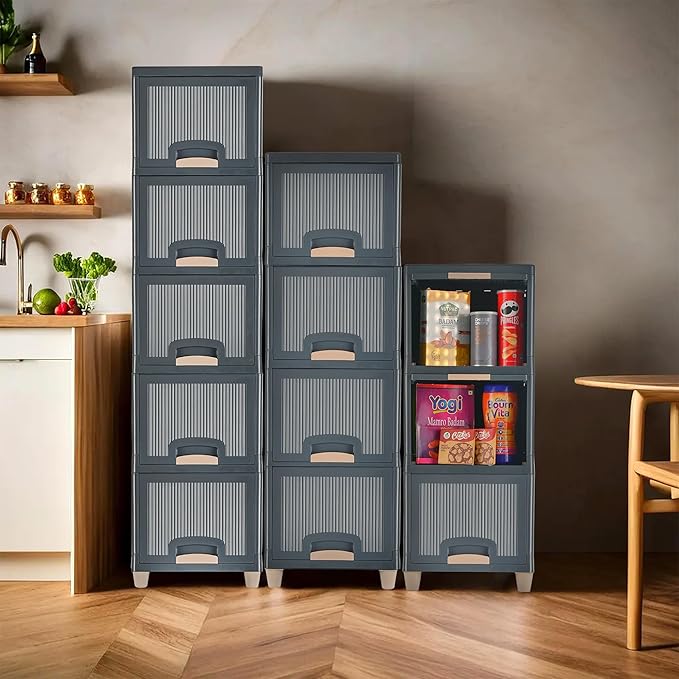Creating a ping pong ball hovercraft is a fun and educational science experiment that children can enjoy while learning about the principles of air pressure and friction.
Here's how to make a simple ping pong ball hovercraft:
Materials Needed:
- A sturdy, smooth-surfaced CD or DVD
- A large balloon (preferably round)
- A hot glue gun and glue sticks
- A bottle cap (with a flat bottom)
- A ping pong ball
- Scissors
- Optional: Marker pens or stickers for decoration
Instructions:
- Prepare the CD:
- Start by placing the bottle cap upside down at the center of the CD.
- Use the hot glue gun to secure the bottle cap in place. Ensure that it forms a tight seal with the CD.
- Attach the Balloon:
- Inflate the balloon and then let the air out to stretch it.
- Stretch the balloon over the mouth of the bottle cap, ensuring a tight fit. The balloon should cover the entire bottle cap opening.
- Secure the Balloon:
- Use the hot glue gun to secure the edges of the balloon to the CD, creating an airtight seal around the bottle cap.
- Decorate (Optional):
- Children can use marker pens or stickers to decorate the top side of the CD to make it more visually appealing.
- Test the Hovercraft:
- Place the ping pong ball on top of the balloon-covered bottle cap.
- Gently push the hovercraft across a smooth, flat surface, such as a tabletop or floor.
- Observe and Experiment:
- As the hovercraft moves, the air trapped inside the balloon creates a cushion of air between the CD and the surface, reducing friction and allowing the hovercraft to glide smoothly.
- Encourage children to experiment with different amounts of air in the balloon and different surface textures to see how they affect the hovercraft's movement.
- They can also try adding more weight to the hovercraft to see how it affects its performance.
- Discuss and Learn:
- After experimenting, discuss with children the scientific principles behind the hovercraft's movement, including air pressure, friction and Newton's third law of motion.
- Encourage them to think about real-life applications of hovercraft technology and how it is used in various industries.
Safety Tips:
- Use caution when handling the hot glue gun to avoid burns.
- Supervise children during the experiment, especially when using sharp tools or hot objects.
By building and experimenting with a ping pong ball hovercraft, children can have fun while gaining hands-on experience with science and engineering concepts. It's a great way to spark their curiosity and creativity.
Thanks for reading the article, for more Science & Technology related articles read and subscribe to peoples blog articles.















